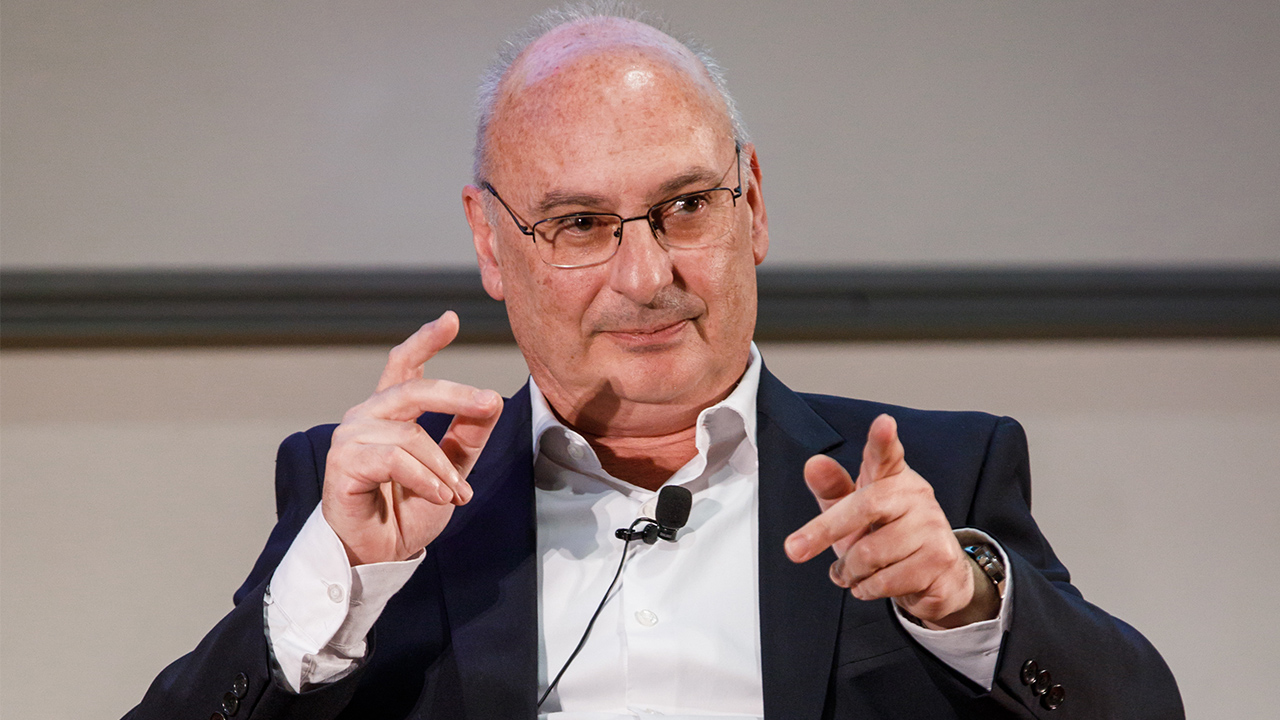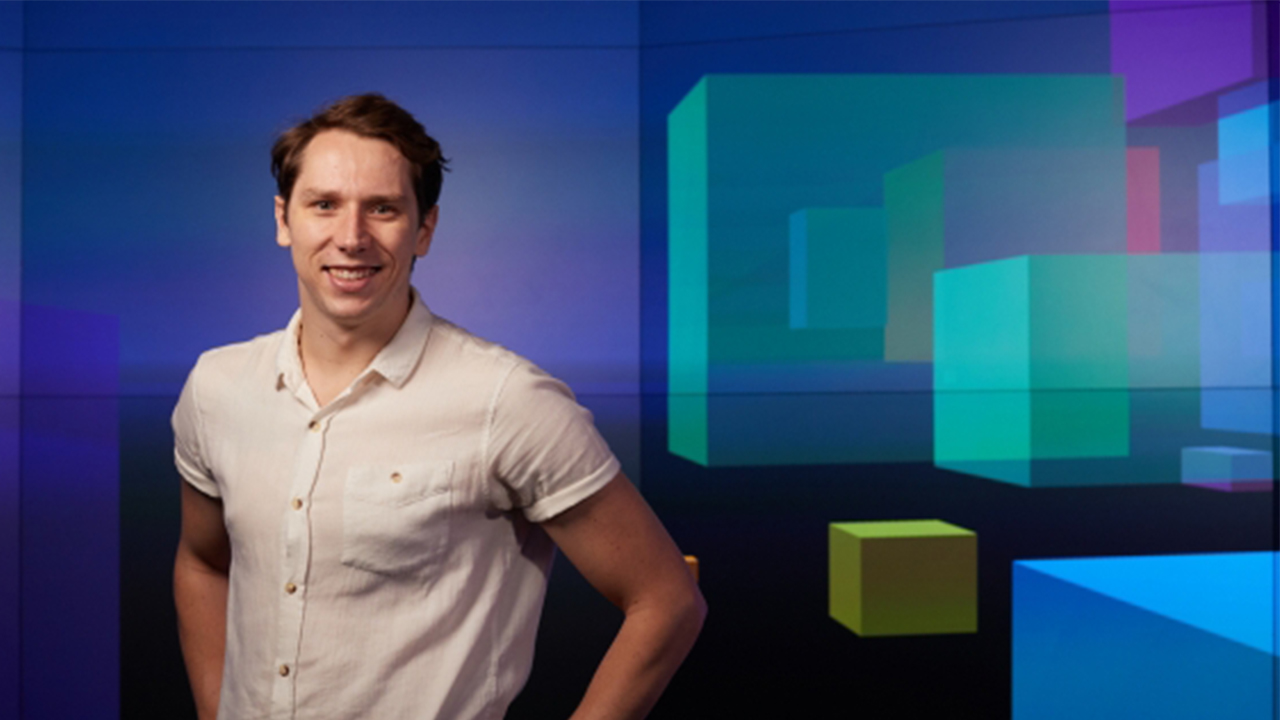Francisco Mojica: The pioneer of CRISPR

CRISPR is the best molecular biology tool ever known for genome editing. Bacteria and viruses have been fighting each other for thousands of millions of years and CRISPR is just one of the tools that they use. That I found one of these tools and it’s the best one we have to date, it’s just amazing. It’s like a very nice dream.
Dr Francisco Mojica discovered the unusual repeated DNA sequences at the core of today’s gene-editing revolution. The pioneer who named CRISPR sits down with Professor Merlin Crossley to discuss the history of CRISPR, and it's applications in everything from medicine to agriculture. Read the news story
This discussion was recorded live for the Grand Challenge on Living with 21st Century Technology, the PLuS Alliance and Spanish Researchers in Australia– Pacific.
About Francisco Mojica
Dr Francisco Mojica is a celebrated Spanish microbiologist who discovered and named CRISPR, a family of DNA sequences in bacteria and archaea. CRISPR and its development for gene editing rank among the most important scientific discoveries of this century, with powerful potential applications in everything from medicine to agriculture. Dr Mojica is a leader in Microbiology at the University of Alicante in Spain. His cutting-edge research has garnered global media attention and earned him a string of prestigious awards, including the Albany Medical Center Prize in Medicine and Biomedical Research, the Rey Jaime I Basic Research Prize, and the BBVA Foundation Frontiers of Knowledge Award in Biomedicine.
About Merlin Crossley
Merlin Crossley is a Professor of Molecular Biology and Deputy Vice-Chancellor (Academic) at UNSW Sydney. He has trained or worked at the University of Melbourne, University of Sydney, Oxford, and Harvard, and joined UNSW Sydney as Dean of Science in 2010. He specialises in genetic diseases, and recently used CRISPR-mediated gene editing in a landmark study that could lead to new therapies for sickle cell anaemia and other blood disorders. As well as leading a laboratory, he is an enthusiastic teacher and science communicator who contributes frequent articles on science, education and policy. He has served on the boards of the Australian Museum, the Sydney Institute of Marine Science, the Australian Science Media Centre, NewSouth Publishing, and is on the editorial board of The Conversation and BioEssays.



